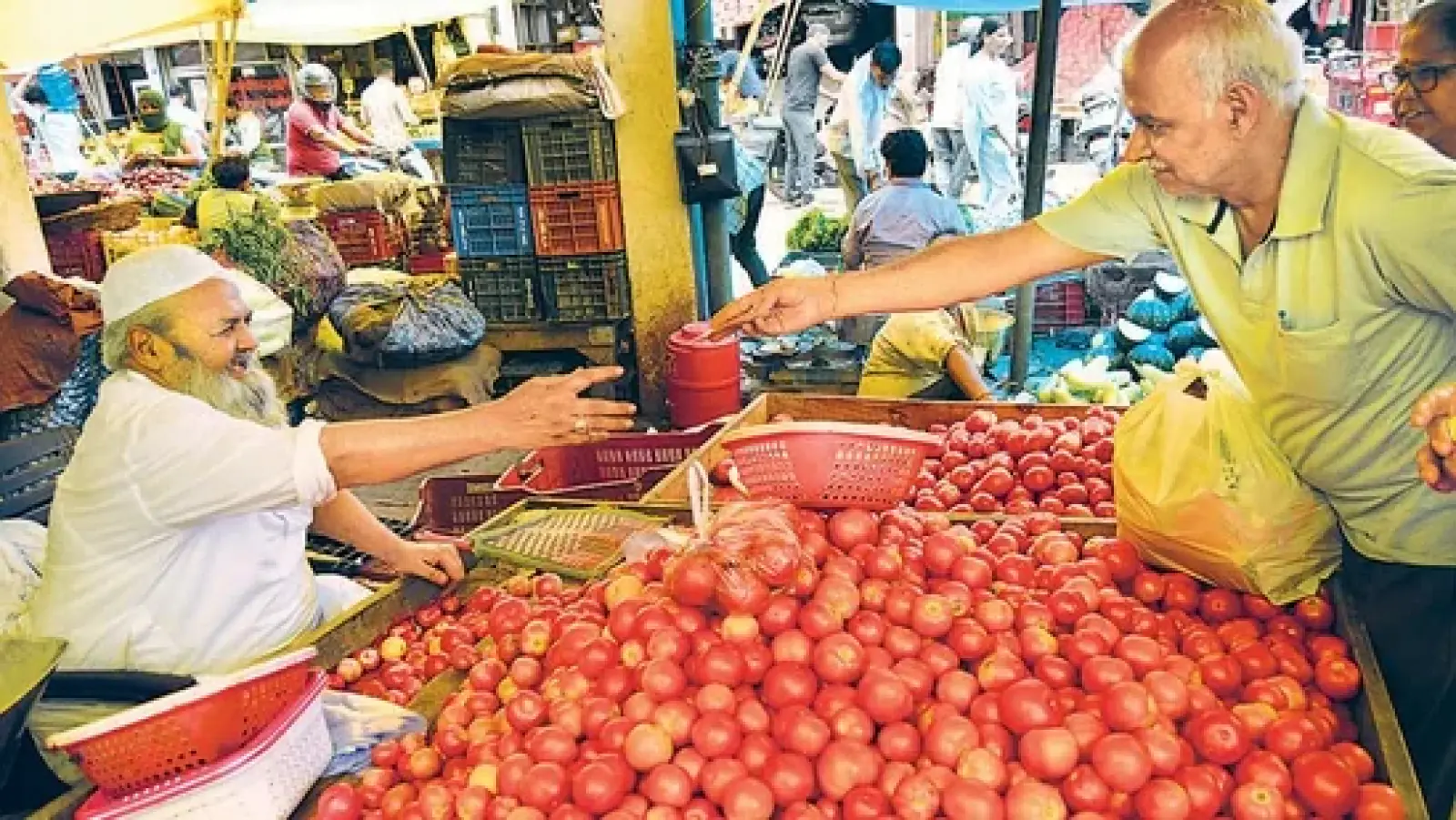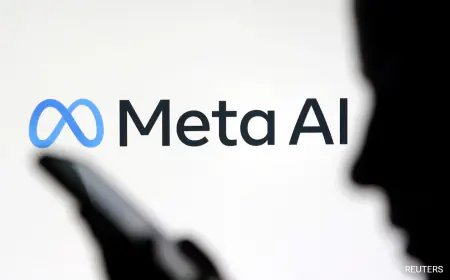Retail inflation will increase due to increase in vegetable prices; Crops damaged due to rain after scorching heat
Inflation: The prices of tomatoes, potatoes, and green vegetables may increase further in the coming time. Crops are getting destroyed due to rain in Uttarakhand, Uttar Pradesh, Delhi-NCR, and Haryana. Farmers say that crops have been most affected in Moradabad region.

The increase in prices of green vegetables including tomatoes, potatoes, and onions due to scorching heat first and now rain may have a direct impact on the retail inflation of June. It is estimated that the inflation rate for June to be released on July 12 may be 4.80 percent, which was 4.75 percent in May.
According to 54 economists, the inflation rate may range from 4.10 percent to 5.19 percent. Agriculture in northern India was damaged due to scorching heat and then rain. Due to this, the prices of tomatoes, potatoes, and onions had increased by more than 10 percent. Kanika Pasricha, Chief Economic Advisor, Union Bank of India, said, a sharp increase in the prices of vegetables along with cereals and pulses kept food inflation at a high level. This also eliminated the effect of low prices of eggs, fruits, and spices.
Tomatoes, potatoes, and green vegetables may see additional price increases in the near future. Crops are being devastated by rain in Uttarakhand, Uttar Pradesh, Delhi-NCR, and Haryana. According to farmers, crops in the Moradabad region have been the worst damaged. Farmers claim that waterlogging in tomato fields is causing the plants to decay. As a result, farmers are uprooting tomato plantings to grow other crops. Previously, crops were destroyed owing to extreme heat. Farmers claim that they did not receive adequate tomato prices this summer. Rain has ruined what was once a terrific deal.
Some economists believe that the tariff hike of up to 25 percent by telecom companies from this month is likely to increase the pressure on inflation by at least 0.2 percent in the coming months. According to 19 economists, core inflation, which excludes volatile items such as food and energy, may remain at 3.10 per cent in June. Many economists say that despite the economy growing more than 8 per cent in the last fiscal year, the recent decline in core inflation indicates overall weak domestic demand in an economy where private consumption accounts for about 60 per cent of GDP.
Inflation is expected to remain above the Reserve Bank of India's medium-term target of four per cent in the current and next fiscal year. In such a situation, the central bank can cut repo rates only once in the current financial year. That too can be possible only in the December quarter.
For Latest News update Subscribe to Sangri Today's Broadcast channels on Google News | Telegram | WhatsApp




































.jpeg)










































































.jpeg)














